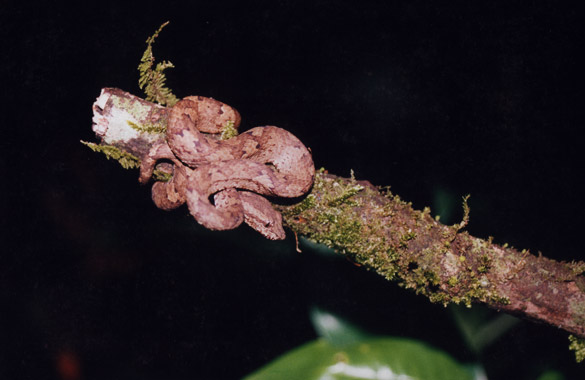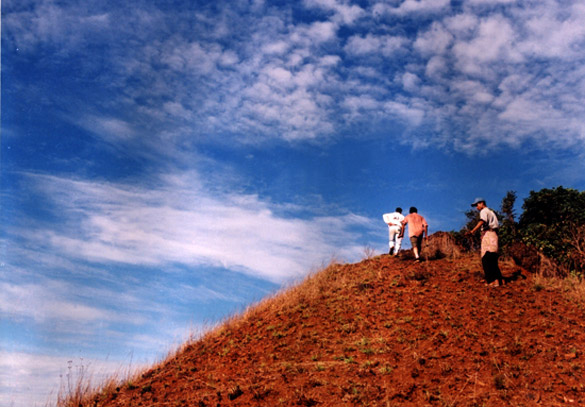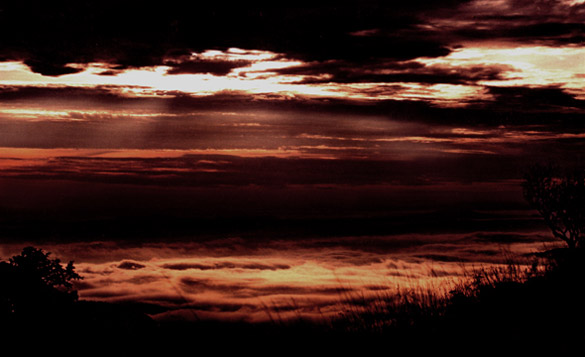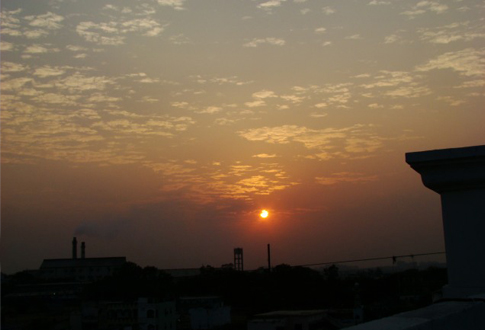 Do you remember the word ‘Biosphere’ from your biology classes… “It is the global sum of all ecosystems which integrates all living beings and their relationships. The concept of biosphere indicates that the earth itself is a living organism, both physically or metaphorically, which is also known as the Gaia hypothesis”. Does the concept sound too metaphysical…
Do you remember the word ‘Biosphere’ from your biology classes… “It is the global sum of all ecosystems which integrates all living beings and their relationships. The concept of biosphere indicates that the earth itself is a living organism, both physically or metaphorically, which is also known as the Gaia hypothesis”. Does the concept sound too metaphysical…
Many times it is hard for us to understand that all living things are independent as well as dependent of the biosphere. To make it easy to understand, why not create a model of biosphere at home!?! Sounds too scientific… It is interesting to know that many so called scientific things are simple to learn and recreate!
Plants can create their own biosphere and can live independently without outside supply of air and water! To understand that difficult-to-digest fact, let’s create a ‘Terrarium’. Terrarium is a covered glass container which contains a miniature garden of soil and plants. It is fascinating to know that plants survive very well in this closed airtight container. Simply speaking it is the opposite of an aquarium where you nurture plants instead of fish!
Nathaniel Bagshaw Ward, an English doctor created the concept of Terrarium (also known as the ‘Wardian case’) more then a hundred years ago. Ward noticed that ferns and grasses continued to grow in a tightly closed glass container in his home. He realized that the plant stayed alive because of the water that transpired from the leaves, condensed back into the soil and kept the moisture content constant. The principle helped in the successful transportation of plants on long ocean journeys t bring in rare specimens to the botanical gardens in England; coffee plants from Arabia to Brazil, rubber plants from South America or Rafflesia from East Indies.
 Can we create a Terrarium at home… how difficult it is master this technique… All you need is a bit of patience and ingenuity to develop this type of terrarium. Any kind of bottle or glass container can be used to create this magical ecosystem. There are mainly two types of Terrarium:
Can we create a Terrarium at home… how difficult it is master this technique… All you need is a bit of patience and ingenuity to develop this type of terrarium. Any kind of bottle or glass container can be used to create this magical ecosystem. There are mainly two types of Terrarium:
* Wet or Moist Terrarium – contains moist soil with tropical perennial plants which can sustain in indoor lighting
* Dry or Desert Terrarium – contains mixture of gravel, sand and soil planted with cacti and other desert plants
Wet Terrarium
Clean and dry out a glass container. Even an old discarded, leaky aquarium can make an excellent terrarium case. Spread one inch layer of gravel on the bottom. This provides good drainage for the plants. Add a 1/2 inch layer of activated charcoal on top of the gravel. This filters the water and can help cut down on any foul odour. Add a 3 inch layer of soil on top of the charcoal/gravel layers. Place plants in desired arrangement and pull soil back to plant. Start with the smallest plants if you are planting multiple plants. Cover with airtight glass lid or plastic cling wrap. Place the Terrarium near the window to give enough lighting.
Dry Terrarium
Cover the bottom of the Terrarium with 2-inches of gravel, then with 2 to 3 inches of a mixture of sand and soil. Insert cacti and other desert plants with the help of slender wooden forceps. Place a few stones, pieces of dead cactus and yucca stems on the ground, to give an artistic effect. Cover with airtight glass lid or plastic cling wrap. Sprinkle ground around the plant with water and keep the Terrarium in a sunny location.
Once you master this technique, you can gift Terrariums as eco-friendly gifts to your friends or even start a business selling these magical pots!
– Factfile –
Materials Needed – Glass container, Fish bowl, or plastic bottle
First layer – stone pebbles or gravel
Second layer – activated charcoal
Third layer – potting soil with little organic manure
Plants – Money plant, Syngonium, spider plant, etc
Reference –
Field Book of Nature Activities and Conservation, William Hillcourt (1961)
http://www.beekerswords.com/
http://en.wikipedia.org
































